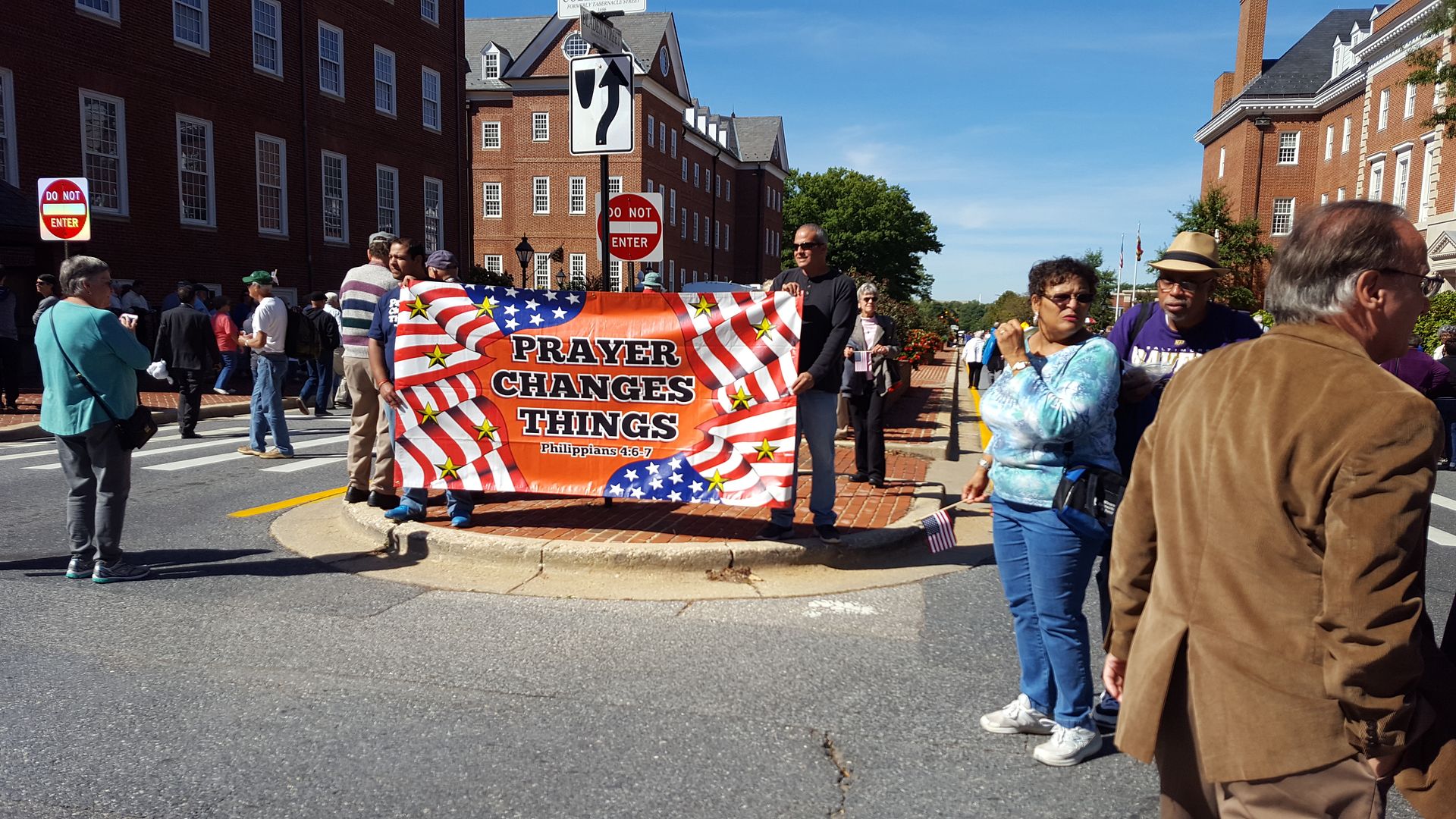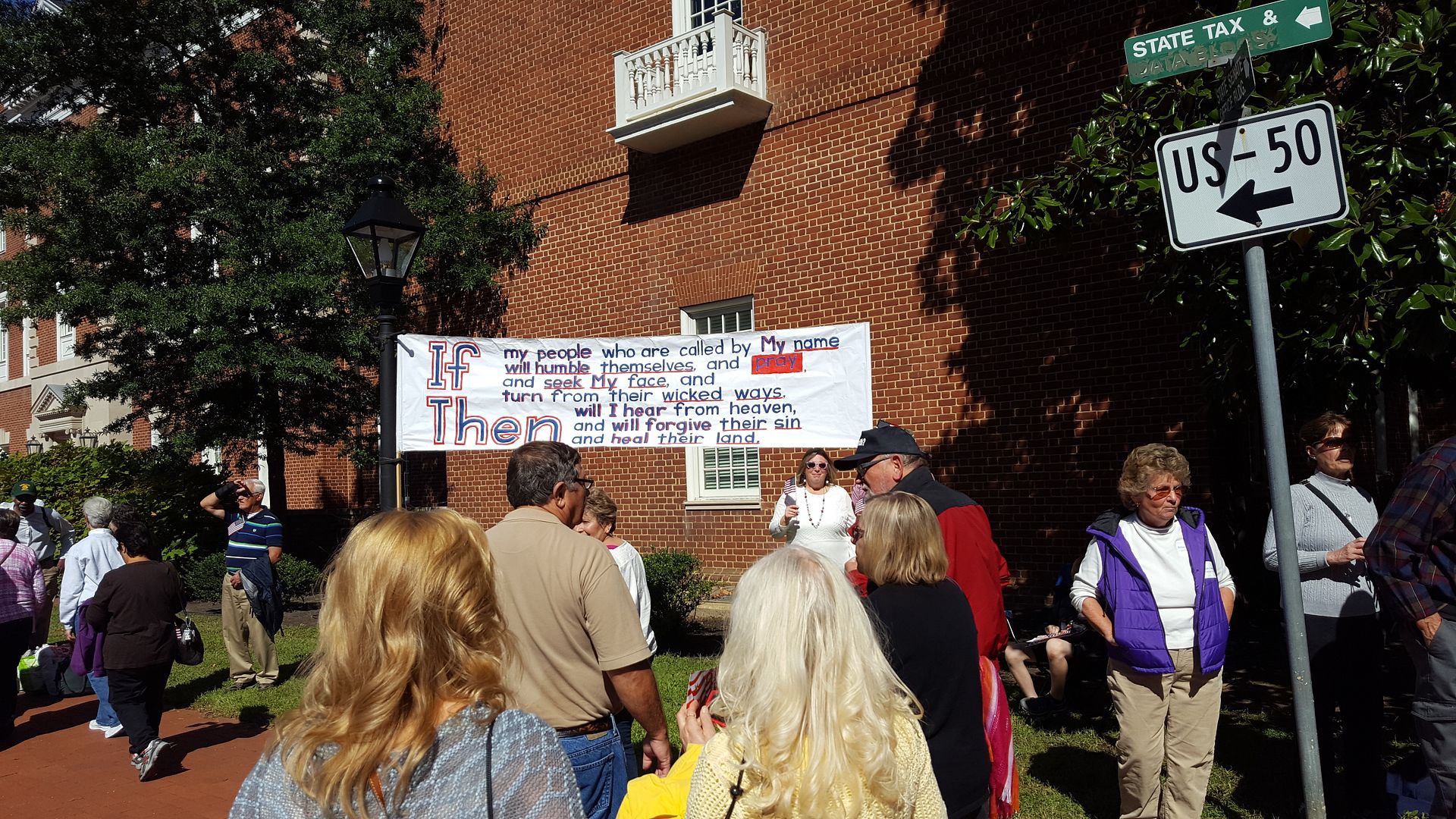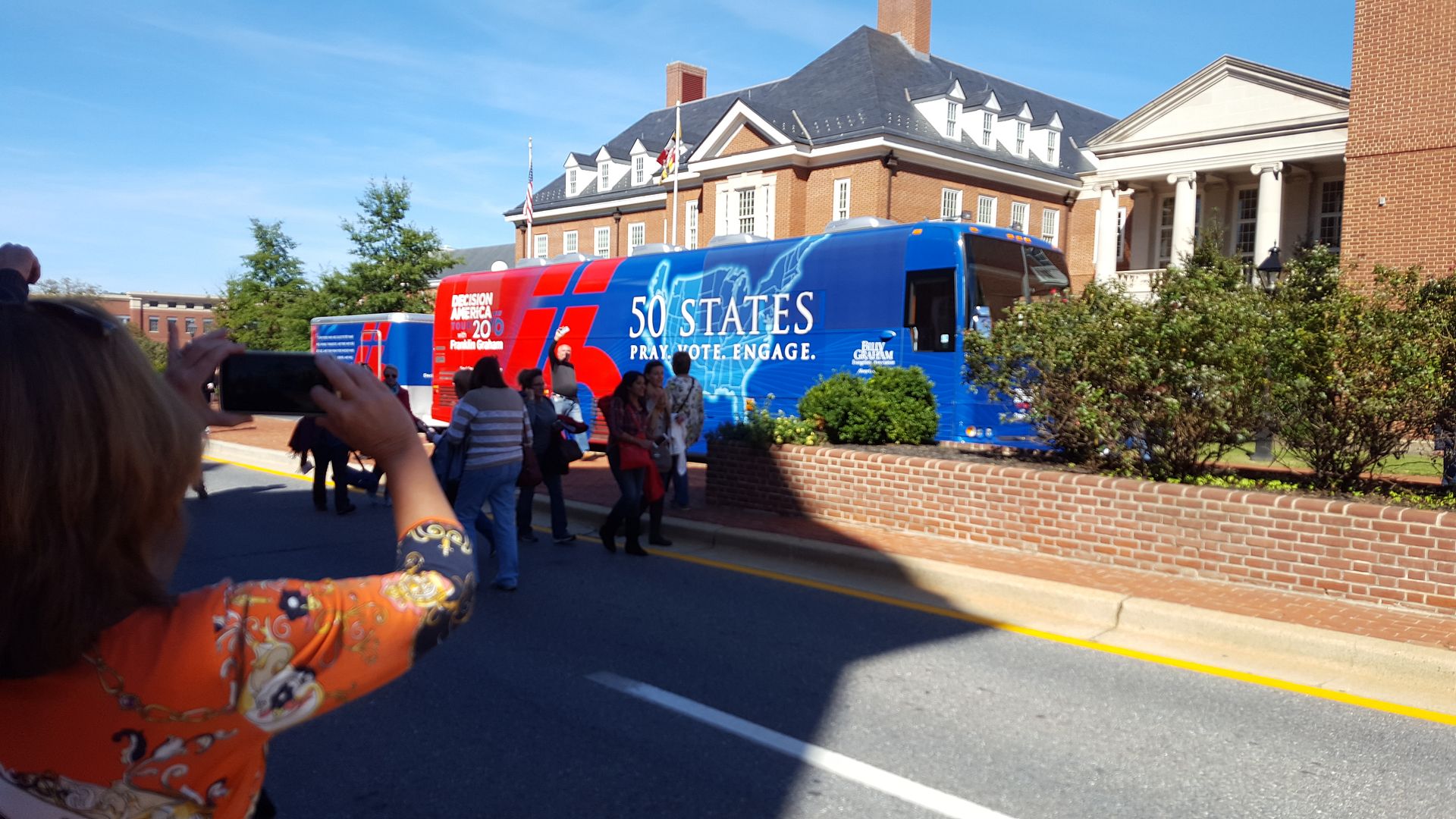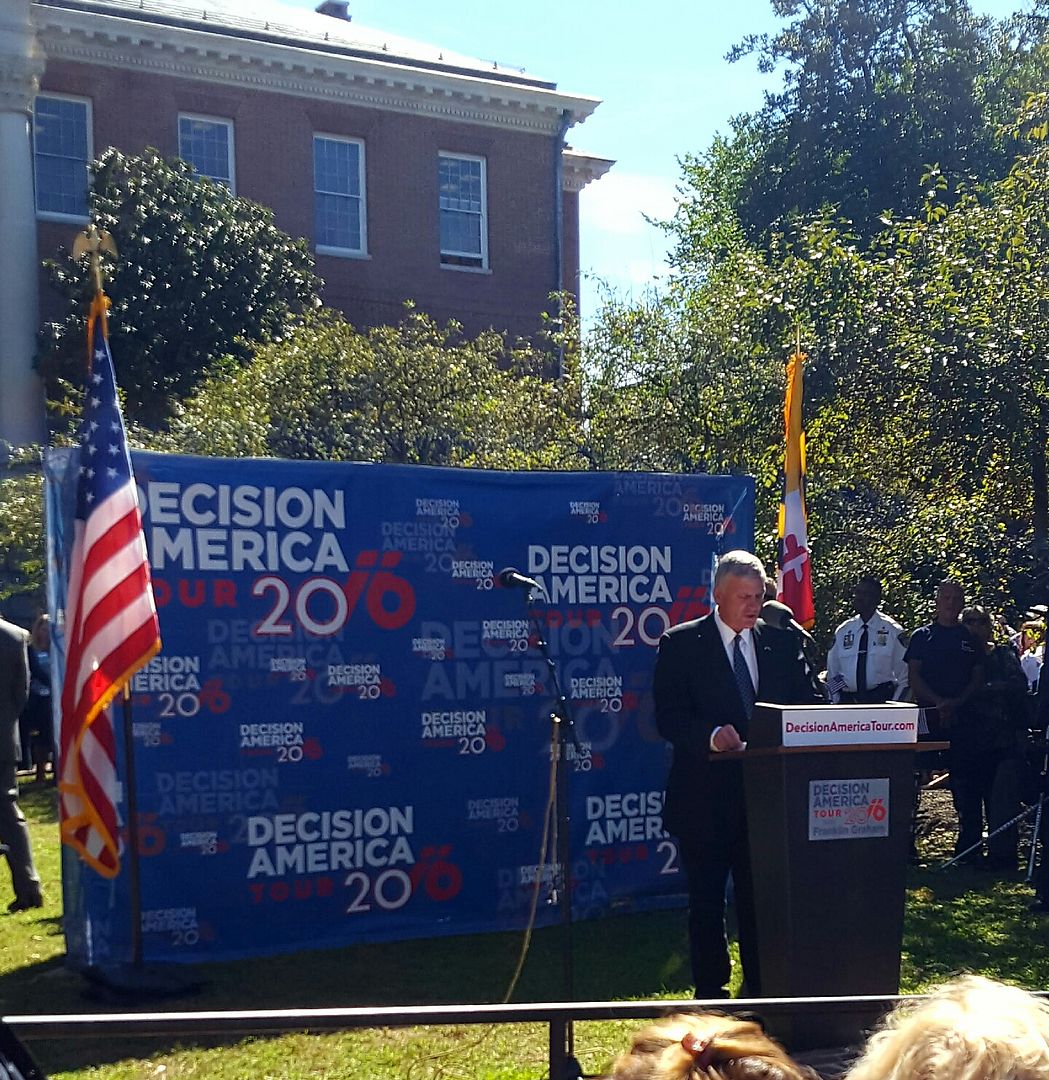I’m sure that many millions of people like me who stayed up until almost 3 this morning (yet had to get up and go to work) were of several minds: anything from watching a slow-motion trainwreck to openly savoring the bitterness coming from the hearts of the so-called “experts” who predicted a massive blowout loss for Donald Trump. And until the last maybe week to 10 days I was among that group, but it seems there is a reservoir of support Trump could keep tapping into that other Republicans could not.
That subject is one I will get to in due course (that being part two) but for the moment I just want to work through my series of predictions and see if my crystal ball has been fixed. Just as I reeled them out from national to local, I will wind them backward to wrap them up.
And just as an aside, while early voting had historically high turnout, the reason will end up being that people just wanted to wash their hands of this election.
I think that panned out to a fair extent. Turnout is lining up to be right around or perhaps slightly below where it was in 2012, depending on how many absentees or provisional ballots there were. Including early voting, Maryland brought out a little over 2.5 million voters. Considering the state has about 300,000 more voters in this cycle, I think the turnout percentage will decrease or stay about where it was – the timing of votes was what shifted.
Across the border, I fear Delaware will vote for more of the same then wonder why their state isn’t getting better. Basically the state will have the same political composition with different names on the nameplates in Congress and state executive offices – not that Sussex County agreed with it, but they will be outvoted as usual by the New Castle Democrat machine.
In the state of Delaware, Hillary Clinton beat Donald Trump by a 53%-42% margin, Democrat Congressional hopeful Lisa Blunt Rochester won 56%-41% over Republican Hans Reigle. and in all three state government races, the Democrats won by almost identical margins: 58%-39%, 59%-41%, and 59%-41%. Aside from an extra 10,000 or so votes cast in the governor’s race to accommodate the Green and Libertarian candidates, the Democrats’ totals were all within 2,000 votes and the GOP within 2,500.
But if you break it down by county and the city of Wilmington, you find that Hillary won 84.8% in Wilmington, 59.4% in the rest of New Castle County, 44.9% in Kent County, and 37.2% in Sussex County. The problem is New Castle County’s Hillary votes were more than the combined overall total of either Sussex or Kent County. Sussex only went 41% for Rochester, 45% for governor-elect John Carney, 47% for lieutenant governor-elect Bethany Hall-Long, and 40% for new insurance commissioner Trinidad Navarro. Going forward they need to keep statewide Democrats in the 20s in Sussex County, but that may be a tall task as those who retire there generally come from Democratic core states and apparently don’t change their voting patterns.
On the questions, I believe Question 1 will get in the neighborhood of 80% statewide but maybe 75% here. The biggest controversy will be that Question A’s Option 2 will win a plurality of the vote but not quite a majority – a spirited Democrat effort will pull Option 2 down to 48% but Option 1 will get just 32%, with 20% opting for the hybrid. Otherwise, all the charter amendments will pass by healthy margins of 65 to 80 percent in favor.
Question 1 got 73.6% here (so I was close) but I underestimated the statewide wisdom to some extent, as the partisan measure passed on a 72-28 margin overall (as opposed to 80%.) I was just 3 percentage points off on Question A but Option 2 managed a slight 51% majority rather than a plurality. The Democrats probably got a late start in backing Option 1 because it underperformed my estimate by 7 points while the hybrid Option 3 outperformed by 5 points. The other questions ranged from 63 to 77 percent in favor, so I was in the ballpark. Maybe my public opposition brought them down 2 to 3 percent each.
Andy Harris will be returned to Congress, but not by as much as previous years. He will get 60.7% of the vote both overall and in Wicomico County, but Joe Werner’s 35.9% of the vote districtwide will shrink to 33.8% here. The Libertarian Matt Beers will have 3.2% districtwide but do somewhat better here, with 5.2% support in Wicomico County.
I was somewhat correct with Harris. He got 7% better than I predicted districtwide, but I was correct that he did decline slightly from 2014, when he was a shade over 70%. That extra came from Werner as he came up 7.9% short of what I thought he would and Matt Beers came in 1% better at 4.2%. Here in Wicomico, though, I was much closer: Harris underperformed my guess by 1.7% while Werner jumped 3.3%. The Libertarian Beers came in 1.5% less here. It’s worth noting, though, that the Libertarians’ share of the vote has increased slightly with each election they participate in – back in 2008 they had 2.5%, in 2010 3.8%, in 2012 3.8% (but Muir Boda came close to edging the write-in Democratic candidate here in Wicomico with 5.9% vs. 6%) and now 4.2%.
Looking at the U.S. Senate race, I think that Chris Van Hollen wins no more than eight counties but those will be enough to propel him to victory with 61.1% of the vote, compared to Kathy Szeliga’s 37.8%. Margaret Flowers will get 0.6% and various write-ins the rest. Wicomico will be one Szeliga wins, but not quite as strongly as Trump – she gets 59.3% of the vote while Van Hollen has 40.3% and Flowers 0.2%.
Van Hollen won just six counties, but unfortunately for Szeliga they included the four biggest so she was trounced. I gave Van Hollen about 1% more credit than he deserved, but Szeliga got no benefit as she was 1.4% short. All the underage went to Flowers, who grabbed over fivefold the share I predicted at 3.2%. Just as some on the right may give Libertarians the vote in a race they know is safe (I’ve done this several times in the past) I think those well out on the left figured it wouldn’t hurt to push the Flowers total up. But when Szeliga undercuts my modest expectations (to have a shot, she really had to be in the 75% range here and elsewhere on the Eastern Shore) by a full 5.7%, it’s a short wait for a concession speech. Van Hollen only lost our supposedly conservative county by 10.4 points (and beat my guess by about 3 points) but a shocker was that Flowers did about as well here as she did statewide. I thought she would be lucky to get 100 votes locally; she picked up 1,163.
I’m going to stop with that because I want to see the write-in votes for President before I comment on that race. But I will say that I am shocked at the number of write-in votes, as over 40,000 were cast statewide. I’m sure many of these won’t be counted, but it won’t be 85% of them like it was in 2012. I may have been overly pessimistic on Evan McMullin, Darrell Castle, Tom Hoefling, and so forth as they may split 15 to 20 thousand votes (although McMullin will get the lion’s share.) We won’t know for a few days, though, and when we do I will pick up with the second part regarding the Presidential race.


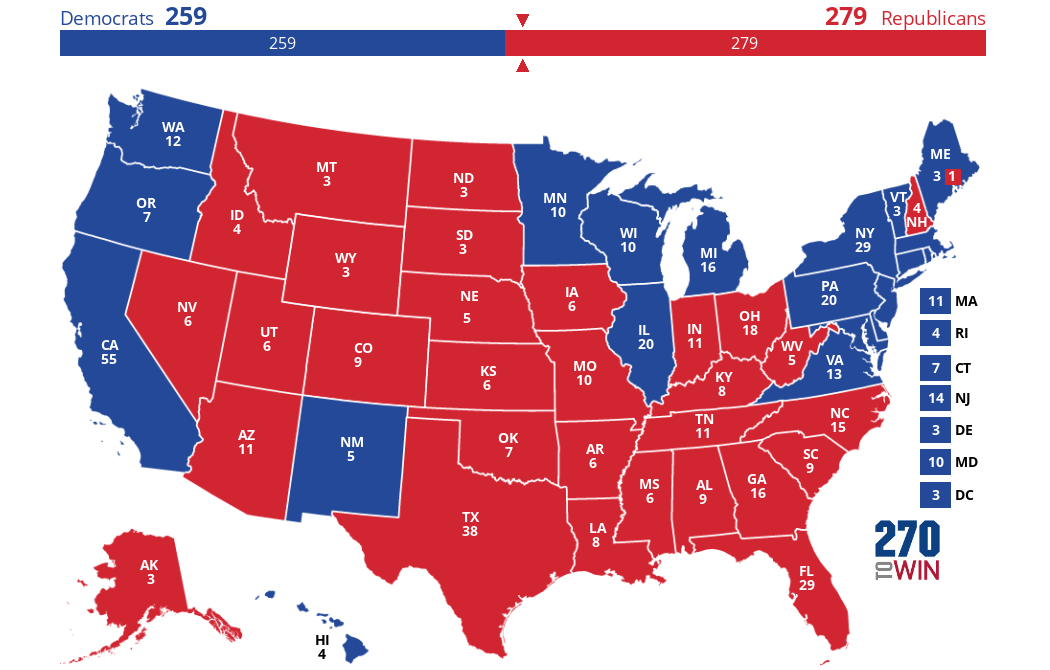
 Click the map to create your own at
Click the map to create your own at 

